Underrated UNESCO World Heritage Sites you've probably never heard of
Hidden heritage
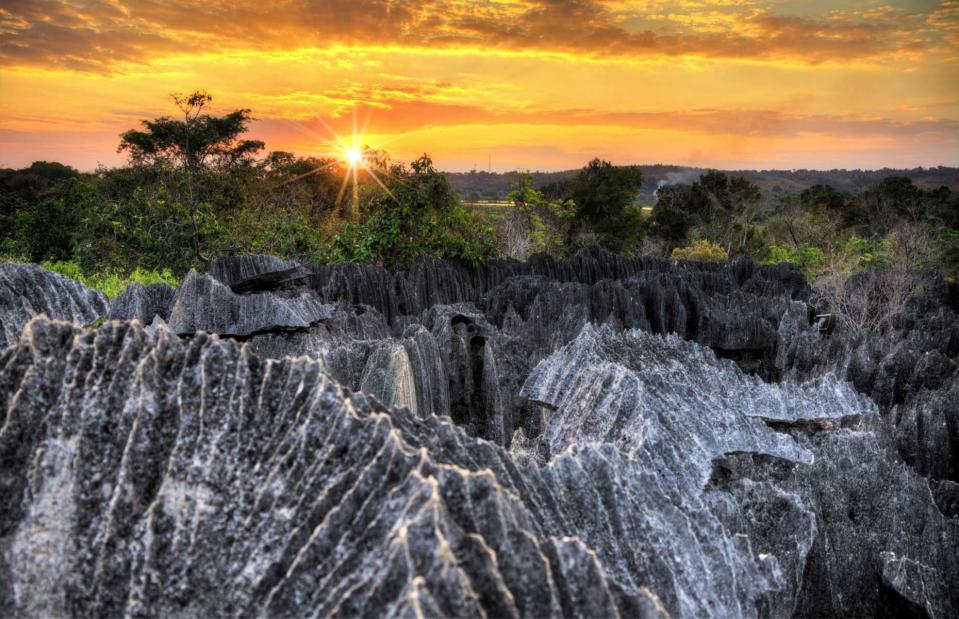
Dennis van de Water/Shutterstock
From far-flung islands with abundant wildlife to scarcely-visited desert kingdoms and largely forgotten ancient tombs, we explore some of the overlooked and crowd-free UNESCO World Heritage Sites around the world that are deserving of a little more attention.
Read on to see what makes these unloved heritage attractions worth the visit...
Antequera Dolmens, Spain
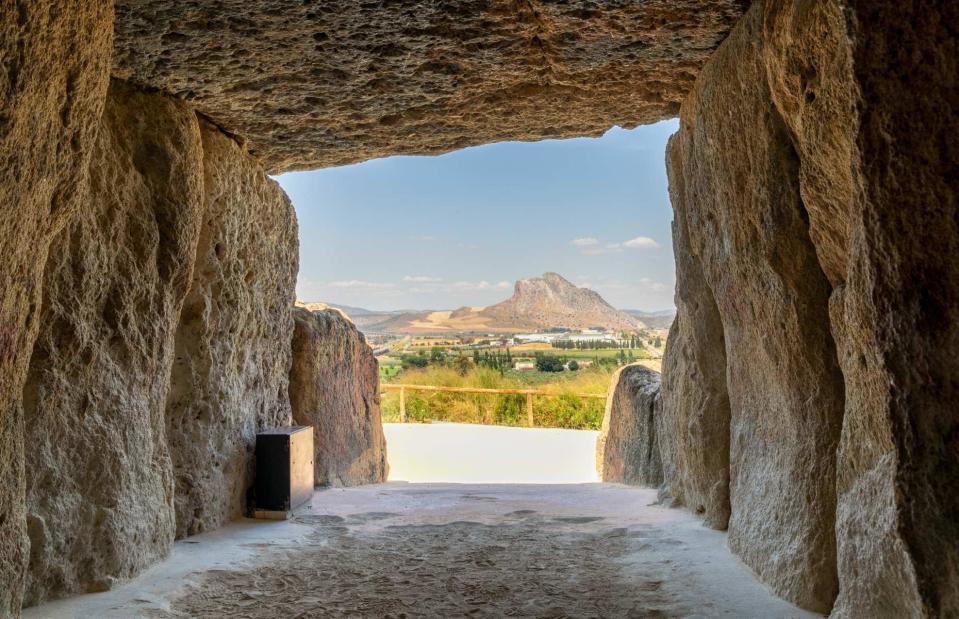
ANA VANESA GARCIA NARANJO/Shutterstock
Often bypassed for Andalucia's other historic big hitters, these three prehistoric burial sites (or dolmens) are well worth a detour. Just outside the pleasant town of Antequera, the impressive monuments are some of the most remarkable architectural works from European prehistory and one of the most important examples of European Megalithism. They gained World Heritage Site status in 2016.
Antequera Dolmens, Spain

Takashi Images/Shutterstock
Built with hefty stone blocks by farmers in the Guadalhorce Valley during the Neolithic and Bronze Ages, the tombs remain buried beneath their original earthen mounds. Duck down to marvel at this ancient feat of construction then head up to see the spectacular mountain formations of El Torcal de Antequera and Pena de los Enamorados. Follow walking trails to see the unusual limestone rock formations up close.
Copan, Honduras
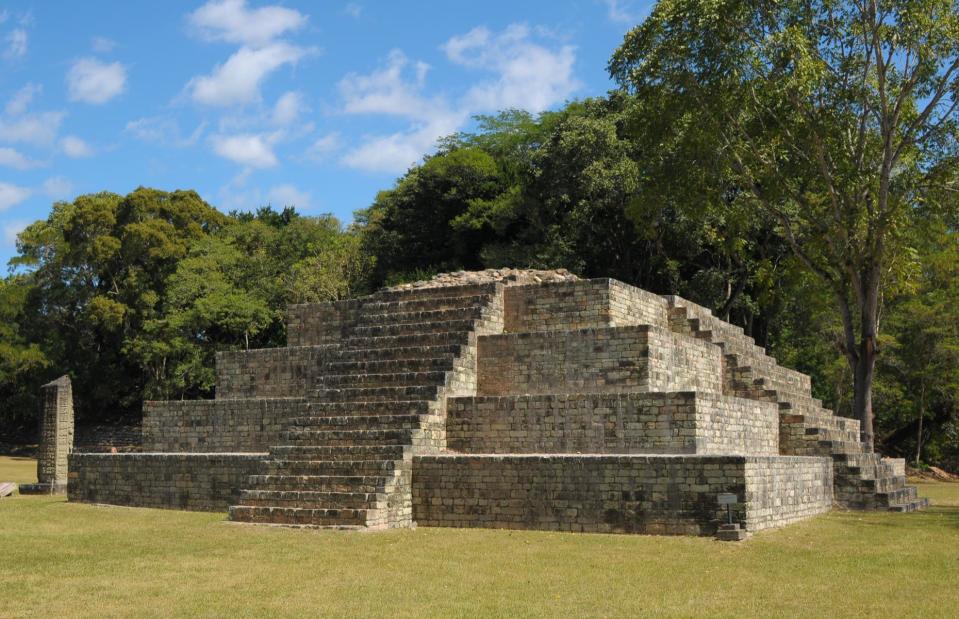
VojtechVlk/Shutterstock
Overlooked in favour of the Maya ruins of Tikal in neighbouring Guatemala and Chichen Itza in Mexico, Copan is equally impressive, particularly for its art and history. As the site of one of the most important Maya civilisations, the city reached its peak at the beginning of the 9th century when it’s thought to have been home to 20,000 people. By the 1200s it was abandoned for reasons no one is certain about, but the insightful onsite museum provides some clues.
Copan, Honduras
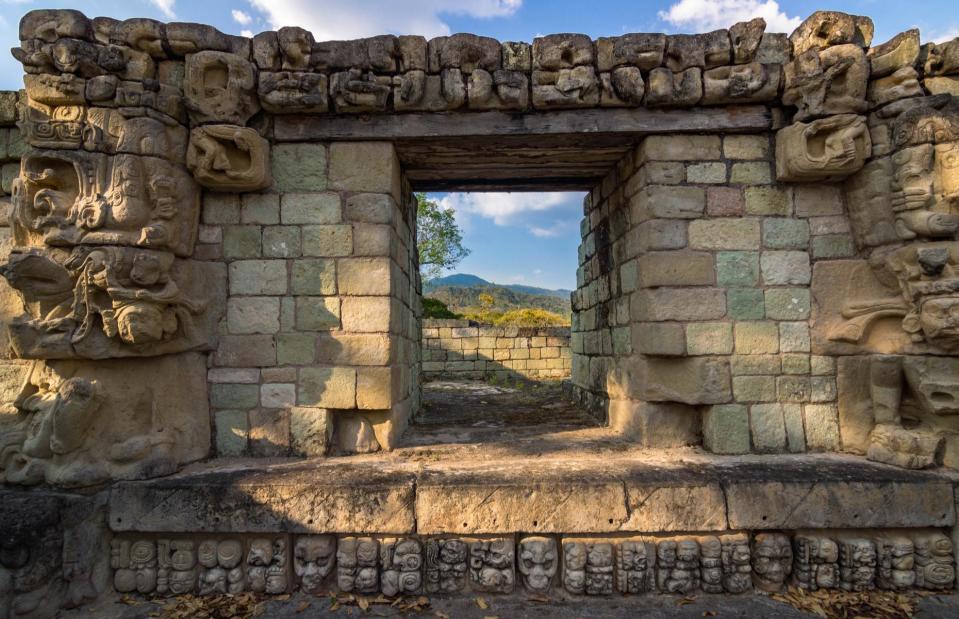
James Dugan/Shutterstock
The peaceful ruins sit in Honduras’s western highlands, close to the border with Guatemala, and were discovered in the 16th century by a Spanish explorer. Awarded UNESCO status in 1980, Copan has step pyramids, intricately carved stelae, temples, public squares, and ball courts. Its crowning glory is a vast hieroglyphic stairwell: the stone steps to the temple-pyramid known rather prosaically as Structure 26 are painstakingly carved with around 1,260 symbols that record the history of the kingdom’s royalty. Note that both UK and US citizens are currently advised not to travel to certain parts of Honduras.
Church Town of Gammelstad, Sweden

Pecold/Shutterstock
It’s a bit of a trek to get there, but this fascinating church town in Lulea, within Swedish Lapland, is a wonderful UNESCO World Heritage Site. It's the world's most extensive and best preserved example of a Scandinavian 'church village', with more than 400 church cottages set around a medieval stone church. The little red-coloured cottages were built by farmers so they could stay overnight after attending church and parish meetings. Today most are privately owned.
Church Town of Gammelstad, Sweden

LorenzoPeg/Shutterstock
It's one of just 16 church towns that remain – the settlements were common in remote northern Sweden due to big distances between towns. Gammelstad is particularly pretty during the dark days of winter when the snow falls and the tourist centre runs lantern tours around the 520 protected buildings and roads. You can also find out more about traditional life in this rural part of Sweden at the open-air museum in nearby Hagnan.
Jesuit ruins, Paraguay
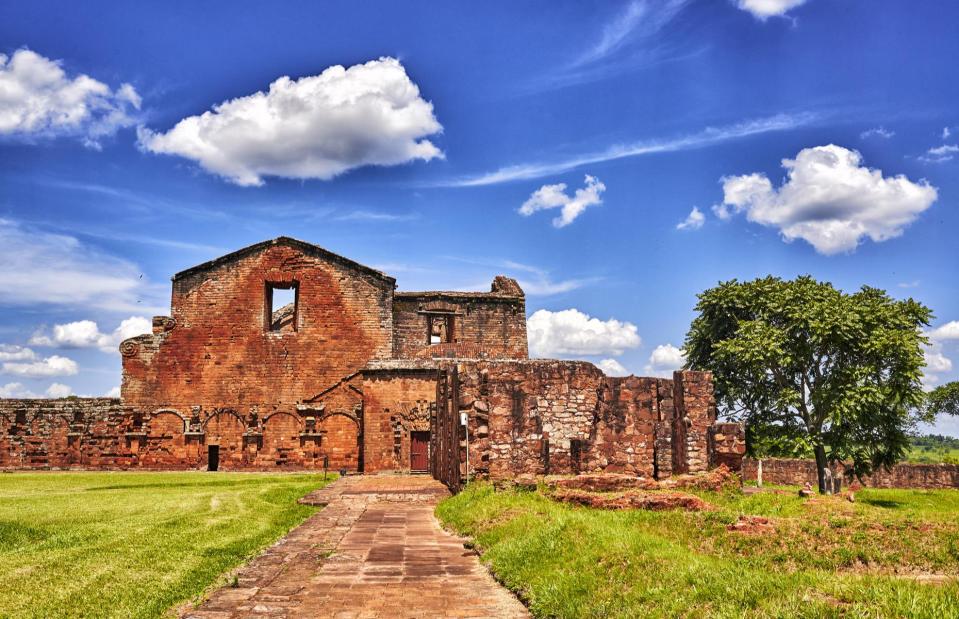
Aleksandra H. Kossowska/Shutterstock
The beautiful ruins of the Jesuit missions of Trinidad de Parana and nearby Jesus de Tavarangue are Paraguay's only UNESCO site. They were built in the 17th and 18th centuries by European Jesuits who came to spread the faith and convert the native Guarani people. Trinidad de Parana is the best-preserved and most impressive of the two, and while the sites may be light on visitors, they’re rich with history and intrigue.
Jesuit ruins, Paraguay
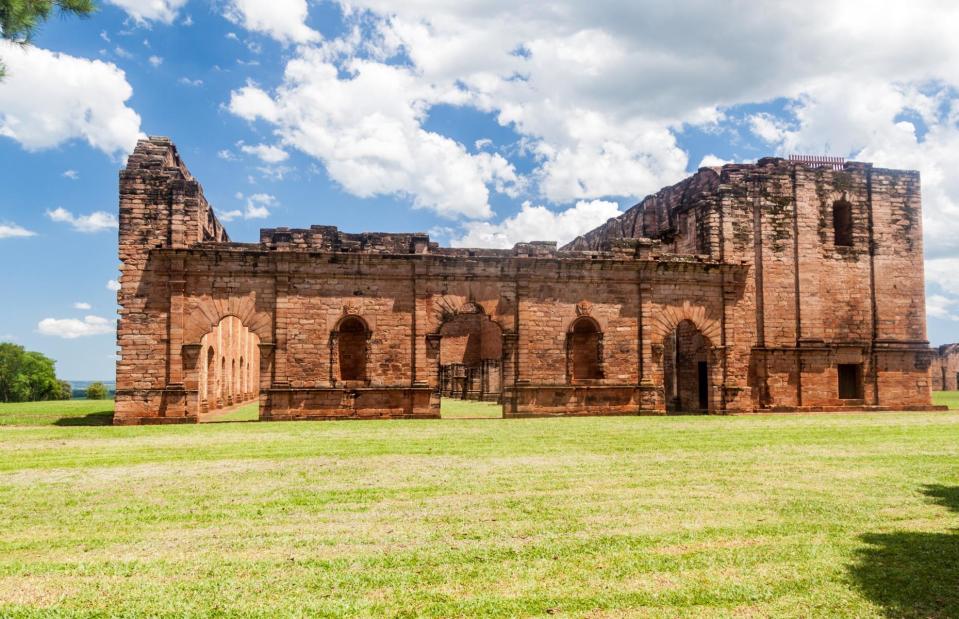
Matyas Rehak/Shutterstock
Around 7.5 miles (12km) away, Trinidad's smaller sister ruins of Jesus de Tavarangue give a fascinating glimpse into the Jesuit way of life with well-preserved remains of churches, apartments, schools, shops, gardens and orchards.
Al-Hijr Archaeological Site, Saudi Arabia
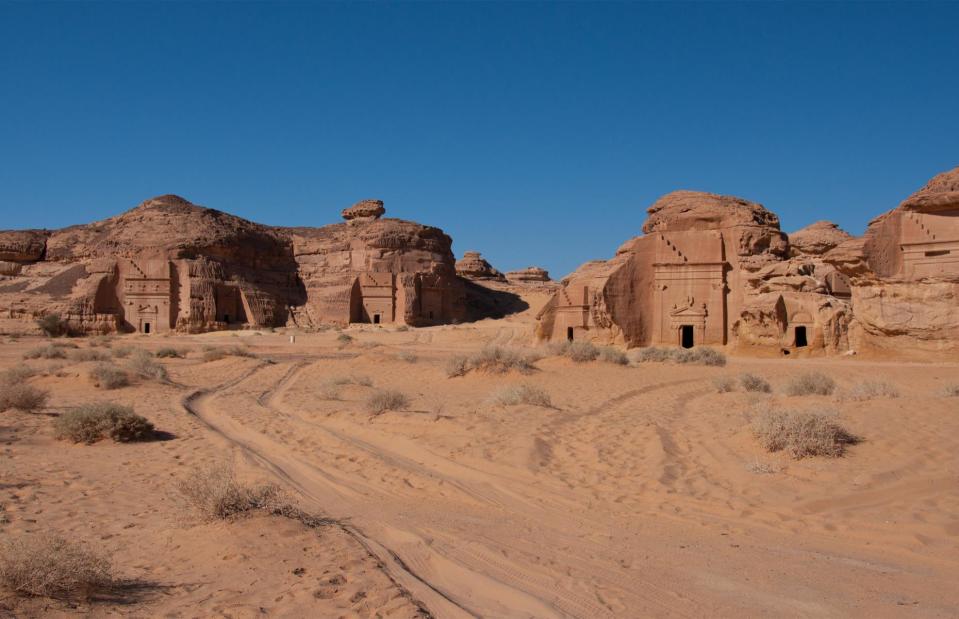
Amelie Koch/Shutterstock
An incredibly rewarding but controversial destination, Saudi Arabia has archaeological and spiritual wonders aplenty. The hidden desert city of Al-Hijr (also called Hegra or Madain Salih) is one such treasure. The rock-hewn ruins of the southernmost settlement of the Nabatean civilisation rival that of Petra but garner fewer visitors – tourists have only been permitted since 2019, 11 years after Al-Hijr became the country’s first UNESCO site.
Al-Hijr Archaeological Site, Saudi Arabia

Amelie Koch/Shutterstock
Halfway between Petra and Medina, the ancient ruins were the second kingdom of the mysterious Nabateans – the nomadic traders who eventually built their mighty desert cities. Madain Salih has a wealth of fascinating archaeological features, including 111 well-preserved and decorated monumental tombs that date from between the 1st century BC and 1st century AD, and water wells. UNESCO says it's an "outstanding example of the Nabataeans’ architectural accomplishment and hydraulic expertise”.
Wudang Mountain complex, China
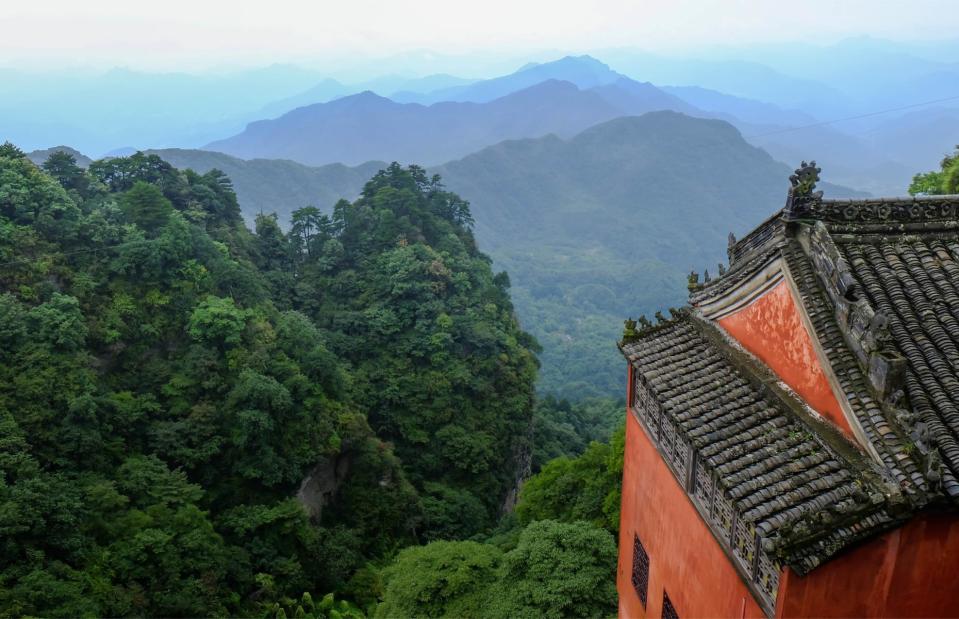
Lim Xiu Xiu/Shutterstock
This breathtaking complex of Taoist temples and monasteries within the Wudang Mountains in the Hubei province is well known in China as the birthplace of Taoism and tai chi, but they're not exactly a big draw for most overseas tourists. The deeply spiritual site, which includes Taoist buildings from as early as the 7th century, is an incredible and uplifting place to visit.
Wudang Mountain complex, China
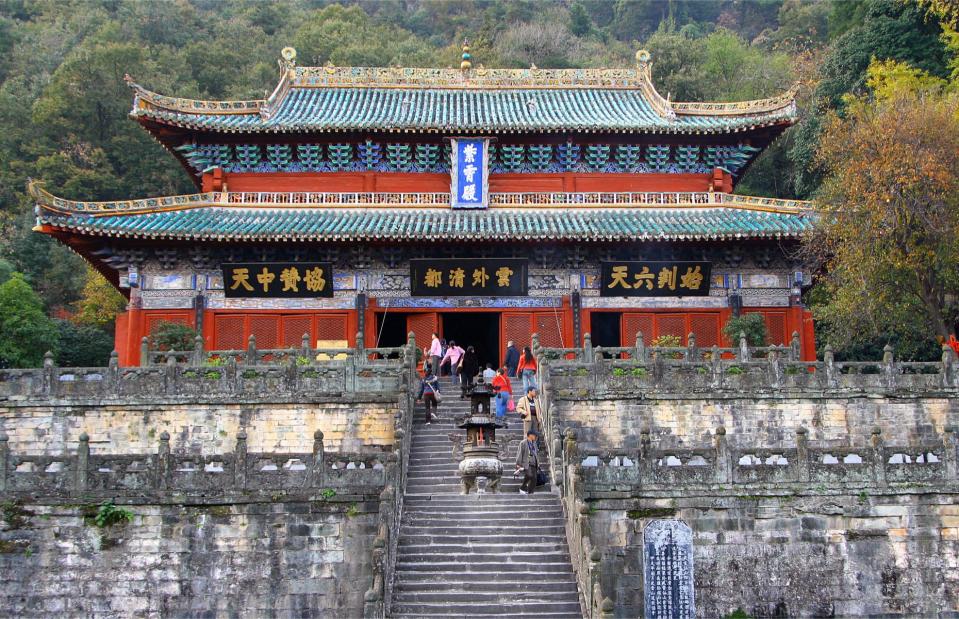
Lim Xiu Xiu/Shutterstock
Recognised by UNESCO in 1994, the organisation said the complex represents “the highest level of Chinese art and architecture”. Take a tour of the beautiful mountain-top temples, such as the aptly-named lofty Purple Cloud Temple, first built in the 12th century. Look out for martial arts performances as you explore – they happen regularly in the ancient building complex. Then head for the hills to explore the stunning surroundings of the sacred Wudangs, all peaks, cliffs, caverns and ravines.
Goa’s convents and churches, India
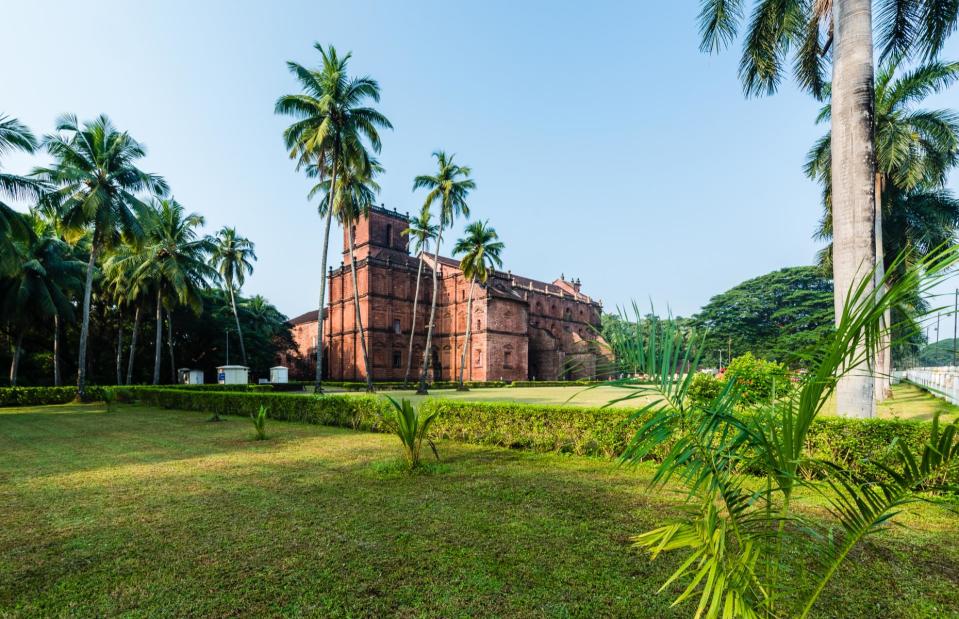
swapan banik/Shutterstock
So Goa is hardly an off-the-beaten track location. But while hordes of people flock to its golden-sand beaches, not many take the time to explore the beautiful and historic convents and churches of Old Goa, a legacy of its Portuguese past. The most significant of the buildings that form the UNESCO World Heritage Site is the 16th-century Basilica of Bom Jesus, which contains the revered relics of Saint Francis Xavier.
Goa’s convents and churches, India
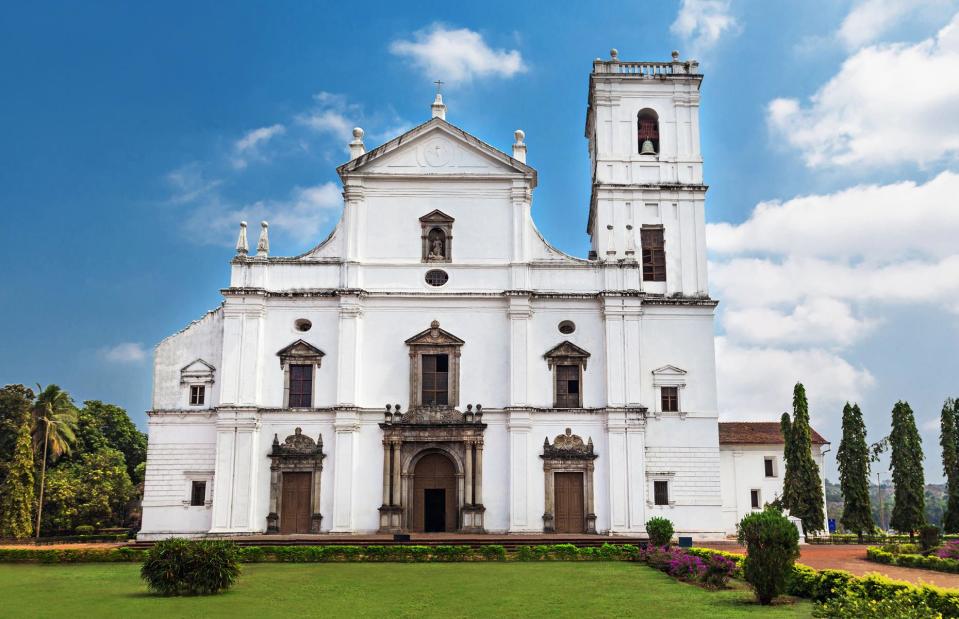
saiko3p/Shutterstock
The most famous is white-washed Se cathedral, the largest church in all of Asia. Its construction, which was ordered by King Dom Sebastiao of Portugal, took nearly a hundred years to complete – starting in 1562 and finally ending in 1652. Admire its sumptuous facade, then go inside to gaze up to its soaring ceilings, fabulous mosaic work and intricate wood and gilded carvings. The oldest of Goa's churches is the Church of Our Lady of the Rosary, which was built in 1543.
Crespi d’Adda, Italy

JohannesS/Shutterstock
Italy is home to more UNESCO World Heritage Sites than any other country – an impressive 58. While millions flock to Florence and Rome, few head to Crespi d’Adda, a fascinating example of a 19th-century industrial town in the northern province of Bergamo. It was built by enlightened industrialist Cristoforo Benigno Crespi along the banks of the Adda River next to his textile factory to give his workers better living conditions.
Crespi d’Adda, Italy
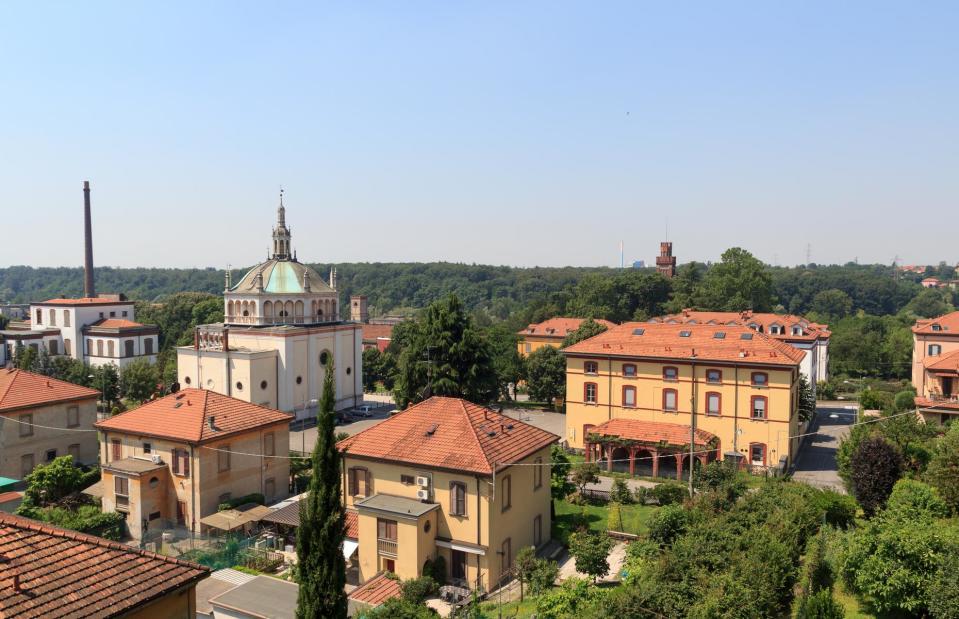
JohannesS/Shutterstock
The self-sufficient village included a church, hospital, shop, public baths and cemetery, as well as individual houses with gardens. According to UNESCO, it’s “the most complete and best preserved of south Europe”. Forward-thinking Crespi also gave free education to the employees’ children and it was the first village in Italy to have public lighting. You can visit its factory, see inside the simple cottage homes of the workers and poke around the castle-like residence of the boss, an altogether more lavish abode.
Cocos Island National Park, Costa Rica
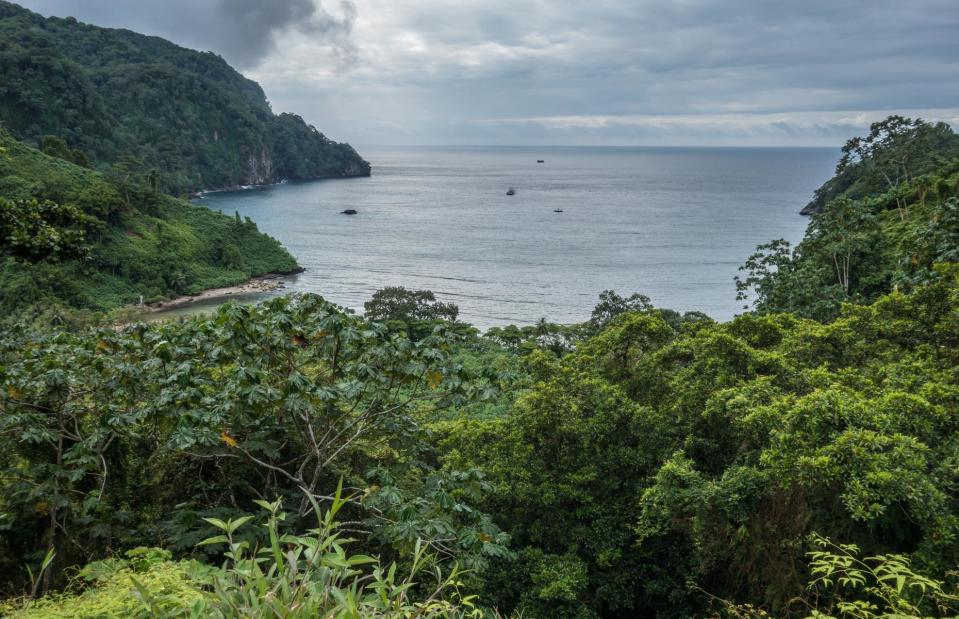
HakBak/Shutterstock
This remote and rugged island around 300 miles (483km) off the coast of Costa Rica is quite a mission to get to, but those that make the effort are bowled over by its natural wonders. The hilly and densely forested isle has been recognised by UNESCO for its incredible biodiversity – it’s also the only island in the tropical eastern Pacific with a rainforest.
Cocos Island National Park, Costa Rica
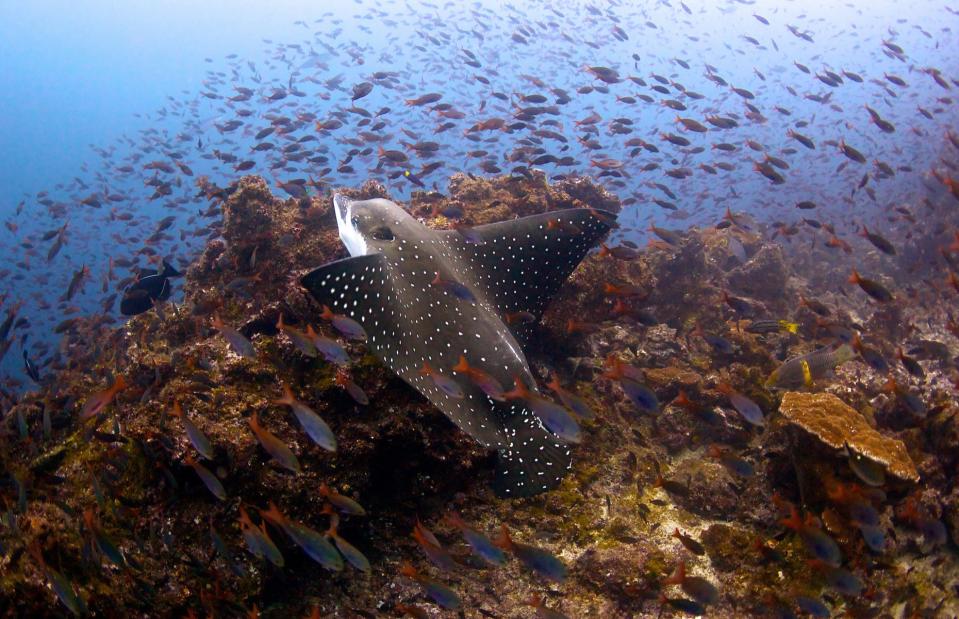
Nicolas Aznavour/Shutterstock
The best way of getting to the island is on a live-aboard diving trip – access to the land has to be granted by island rangers. But if you don’t manage to set foot on the uninhabited island, you won’t be disappointed by the underwater sights – the waters here are a magnet for serious divers who come to marvel at the plethora of rays, sharks and dolphins.
Berat, Albania

Christian Wittmann/Shutterstock
One of Albania’s oldest cities, hilly Berat is also one of the best-preserved Ottoman settlements in all of the Balkans. While the stunning city is one of the country’s top historical sights, its ancient streets are quiet compared to other tourist-thronged historic centres in Europe that have been granted UNESCO World Heritage Site status.
Berat, Albania

Sun_Shine/Shutterstock
Berat joined another historic centre in Albania, Gjirokaster, on the list of UNESCO World Heritage Sites in 2008. To see why, roam around the city's cobblestoned streets, whose charming white houses mark the incline up towards Berat’s hilltop citadel, known as Kala. Its walls encircle numerous medieval Byzantine churches and ruined mosques built under the Ottoman era. Don’t miss the fantastic ethnographic museum nor the Onufri museum with an impressive collection of Albanian icons.
Wadi al-Hitan, Egypt
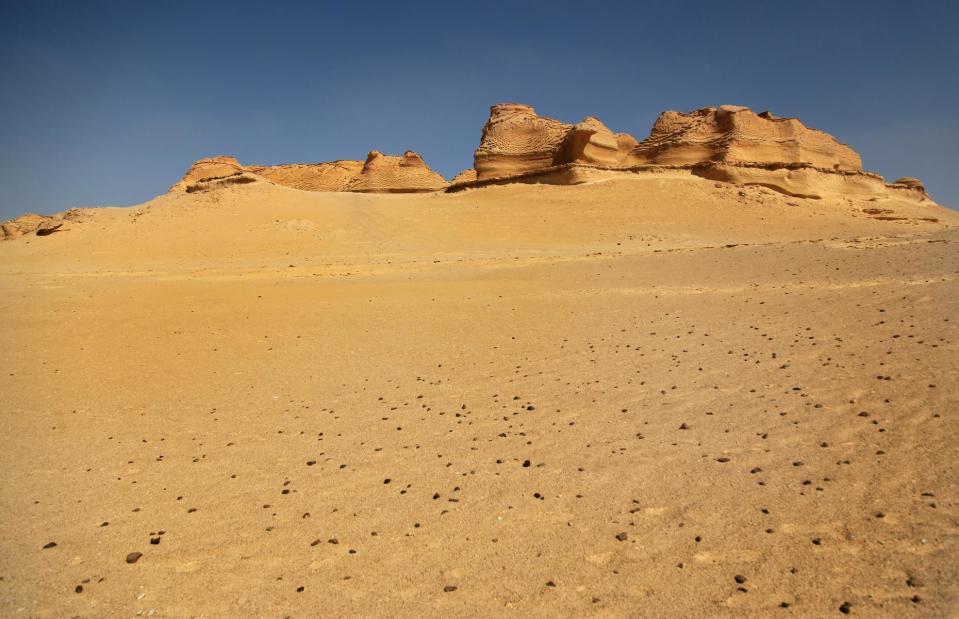
Enrico Montanari/Shutterstock
Renowned for its man-made ancient wonders, Egypt also possesses incredible natural marvels including the astonishing valley of fossilised whales in the Western Desert, southwest of Cairo. Remote Wadi al-Hitan, or Whale Valley as it’s more commonly known, was designated a UNESCO World Heritage Site in 2005 for its vast and well-preserved collection of skeletons and fossils of a now extinct suborder of whales called the Archaeoceti.
Wadi al-Hitan, Egypt
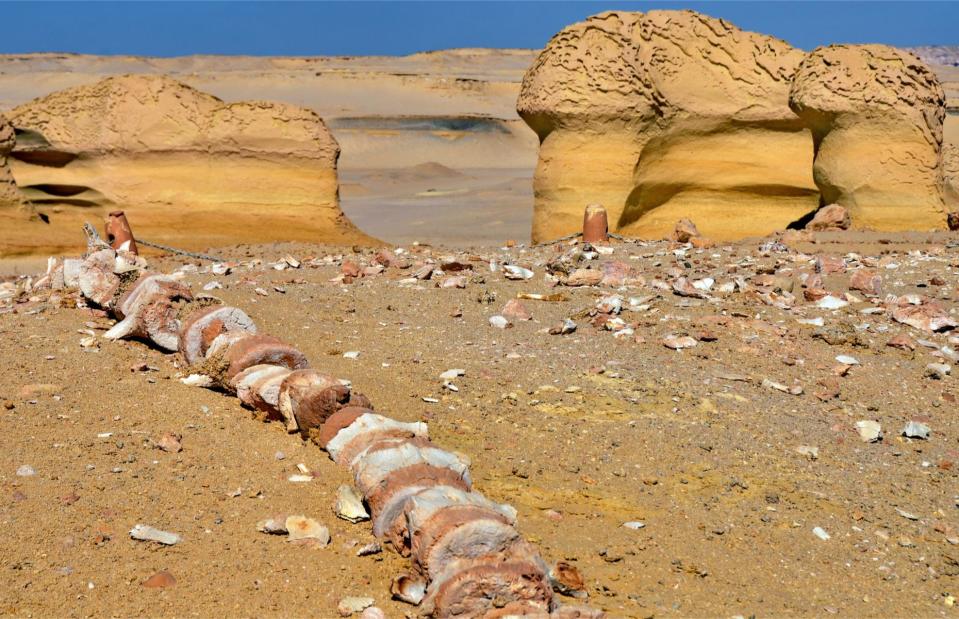
Holger Kirk/Shutterstock
Set among a surreal and stunning landscape of sand and rocks, the remarkable collection of fossils reveals the ancient creatures in the last stages of losing their hind legs. According to UNESCO, this is the most important site in the world for telling the story of the whale’s transition from land animal to ocean-going mammal.
SGang Gwaay, Canada
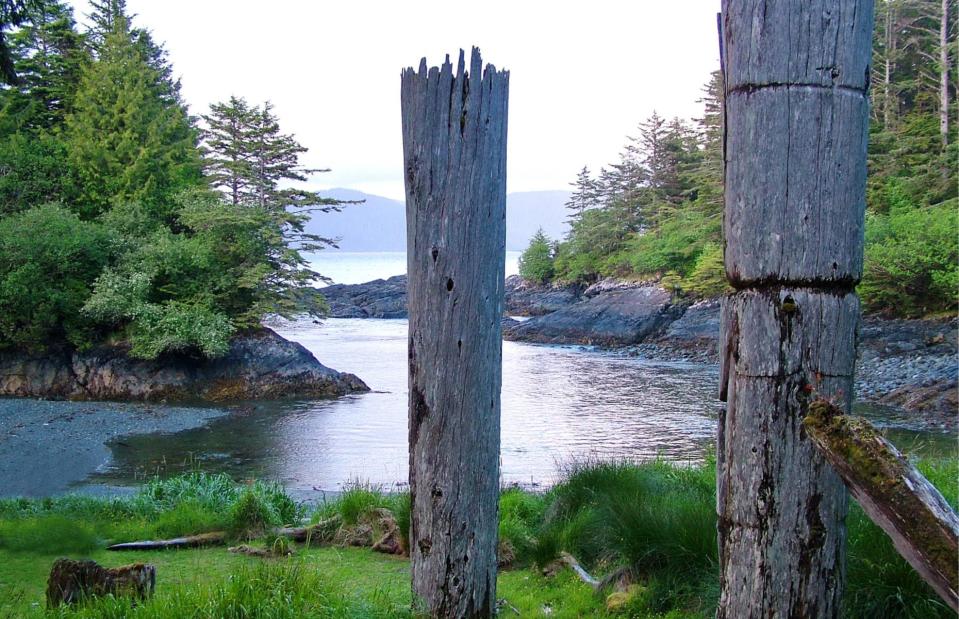
Bob Hilscher/Shutterstock
The UNESCO World Heritage Site of SG̱ang Gwaay, or Ninstints as it’s more commonly known, is as remote as they come. But those that make the effort to get to the ancestral island home of the Haida First Nations people in British Columbia are richly rewarded, with the remarkable sight of decaying wooden totem poles and an incredible introduction to an ancient culture.
Historic Totem Poles, Canada

Bob Hilscher/Shutterstock
Kayaking around the Haida Gwaii archipelago is a wonderful way to appreciate the beauty of the islands, once home to a robust community of Haida people that was decimated by disease in the 1880s. Now all that remains here are the weathered ruins of wooden houses and memorial poles amid the tangle of forest. The carved poles are recognised by UNESCO as among the finest examples of their type in the world. Some were moved to a museum but a few were left behind to be slowly reclaimed by nature.
Lord Howe Island Group, Australia
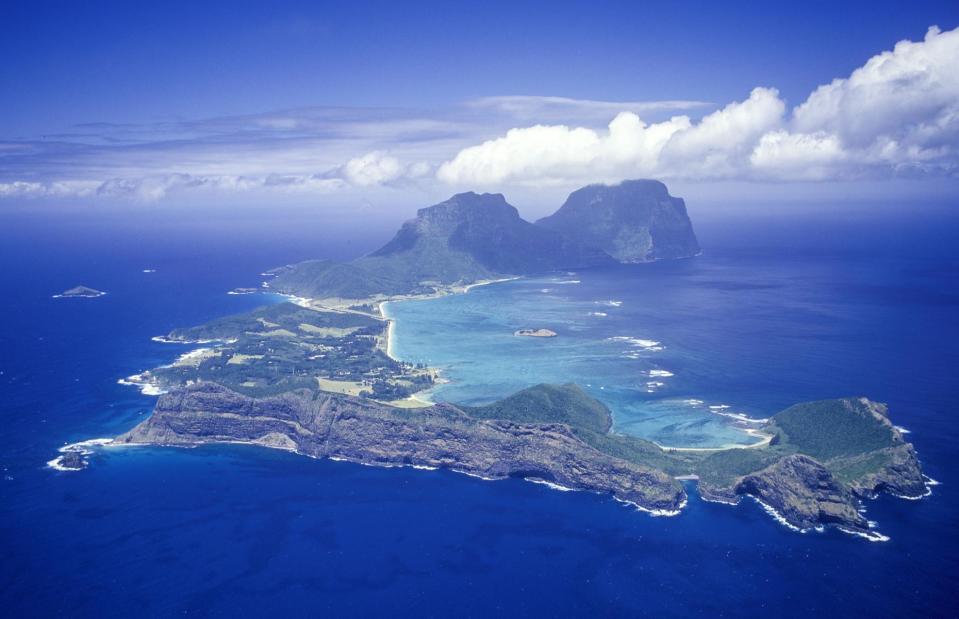
John Carnemolla/Shutterstock
Put off by the boatfuls of tourists in the Great Barrier Reef? Then visit a quieter patch of paradise in Australia. The Lord Howe Island Group lies some 370 miles (595km) off the coast of New South Wales and is a veritable treasure. Designated a UNESCO World Heritage Site for its varied landscapes – mountains, valleys, hills, lowlands, and sea-cliffs – and habitat types, a holiday here is all about immersing yourself in nature. Snorkel, dive, or conquer Lord Howe's highest peak, Mount Gower.
Lord Howe Island Group, Australia
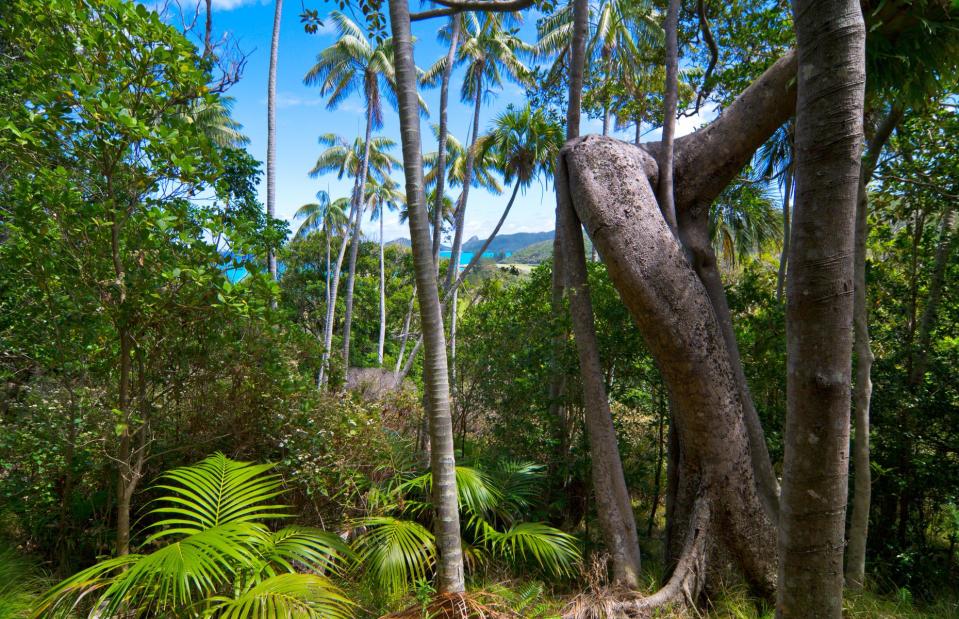
Ashley Whitworth/Shutterstock
Unspoilt beauty abounds wherever you go: around 75% of the heritage site’s land is a Permanent Park Preserve and supports a rich community of endemic species. There are many beautiful beaches from which you can explore the pristine waters and coral reefs too. Borrow snorkelling gear at Ned's Beach (popping a dollar or so in the honesty box) to swim above an array of fish or venture further out on an unforgettable dive. With limited (and expensive) flights and accommodation, the islands remain crowd-free.
Andrefana Dry Forests, Madagascar
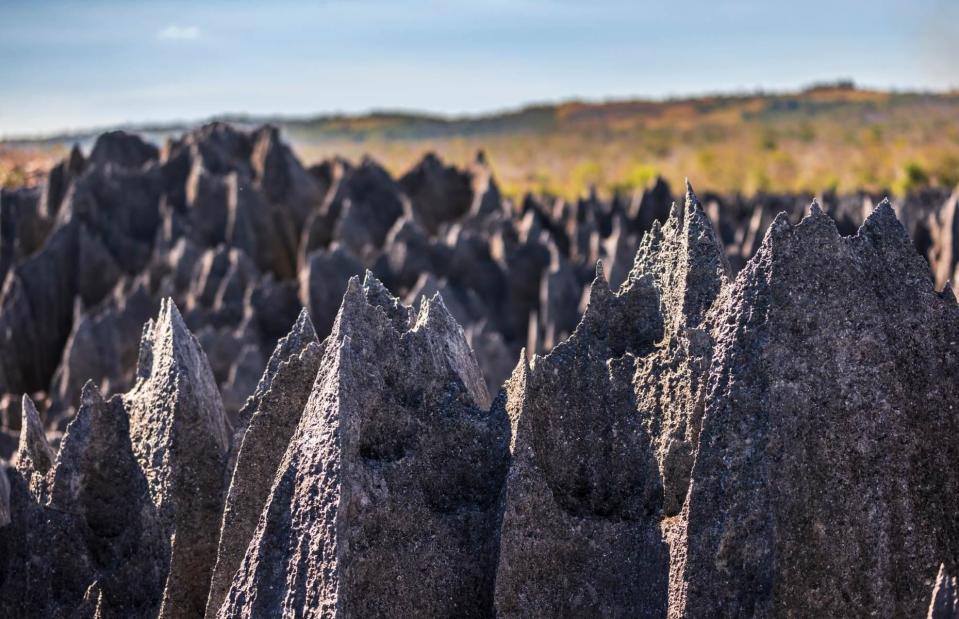
Framalicious/Shutterstock
The fourth largest island in the world, Madagascar has been separated from all other land masses for tens of millions of years, and has evolved remarkably in its long isolation. In the west of the country lies the unearthly Andrefana Dry Forests, whose dramatic karstic landscapes, thorny thickets and jagged rocks must be seen to be believed. Inscribed by UNESCO in 1990, the site comprises four national parks – Ankarafantsika, Mikea, Tsingy de Bemaraha and Tsimanampesotse – and two special reserves – Analamerana and Ankarana.
Andrefana Dry Forests, Madagascar
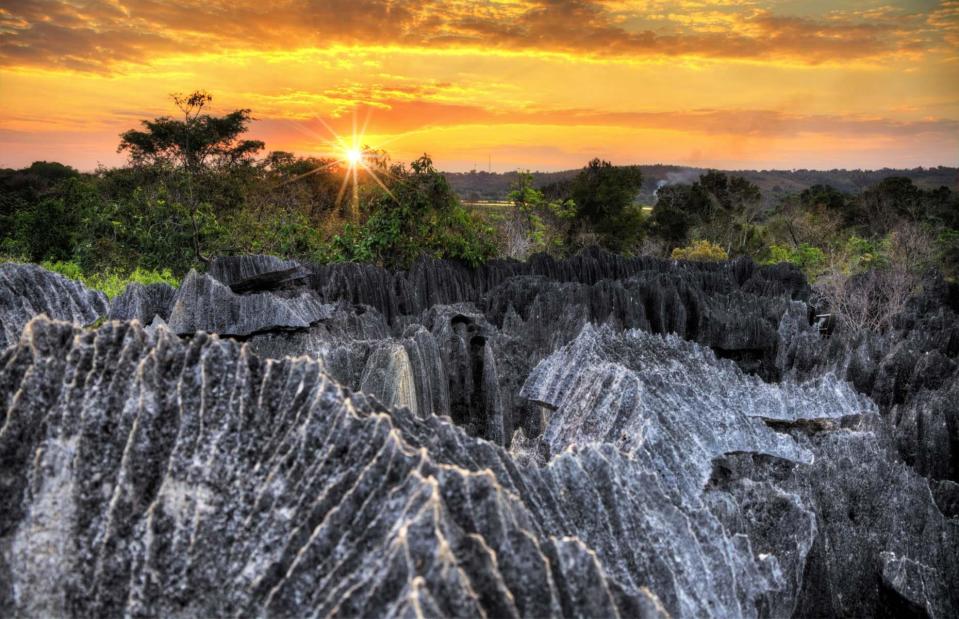
Dennis van de Water/Shutterstock
Tsingy de Bemaraha National Park (pictured) is especially surreal, with its sea of sharp limestone rocks erupting ominously from the earth. In the Malagasy language, 'tsingy' translates as "where one cannot walk barefoot" – so don't say you weren't warned. In Tsimanampetsotsa National Park, the scenery switches to leafless baobab trees, subterranean lakes and tranquil salt flats. Few tourists make it out this far but if you're one of the lucky ones, hiring a local guide will only enhance your experience.
Now discover the best wildlife experiences you can find around the world...


